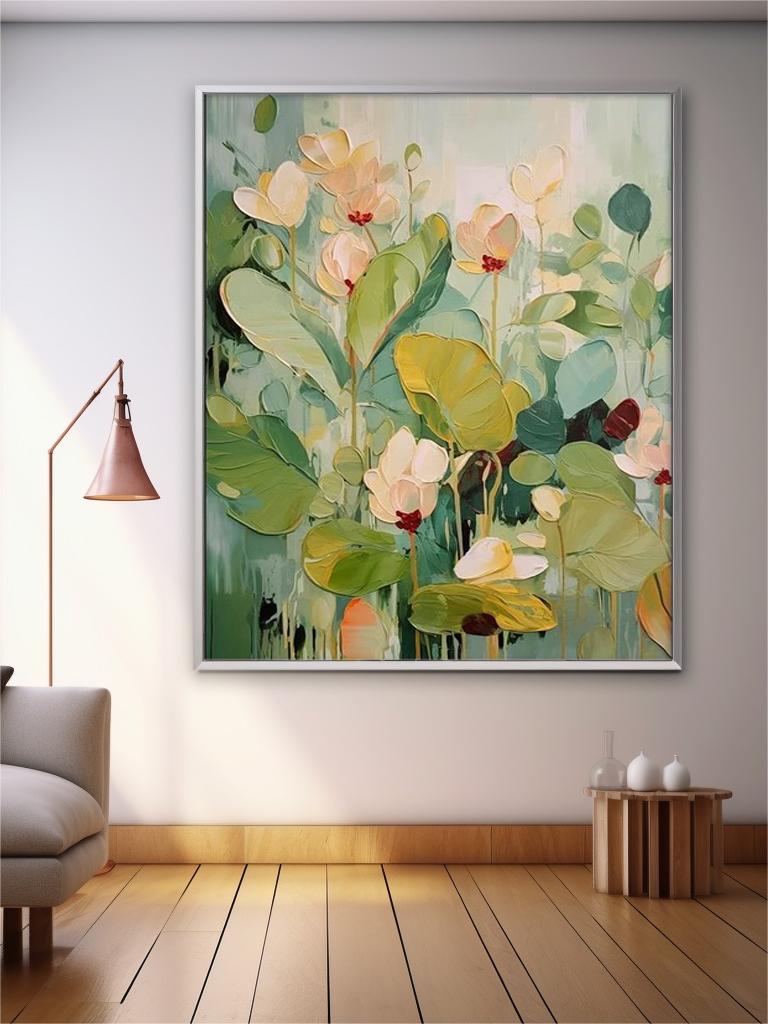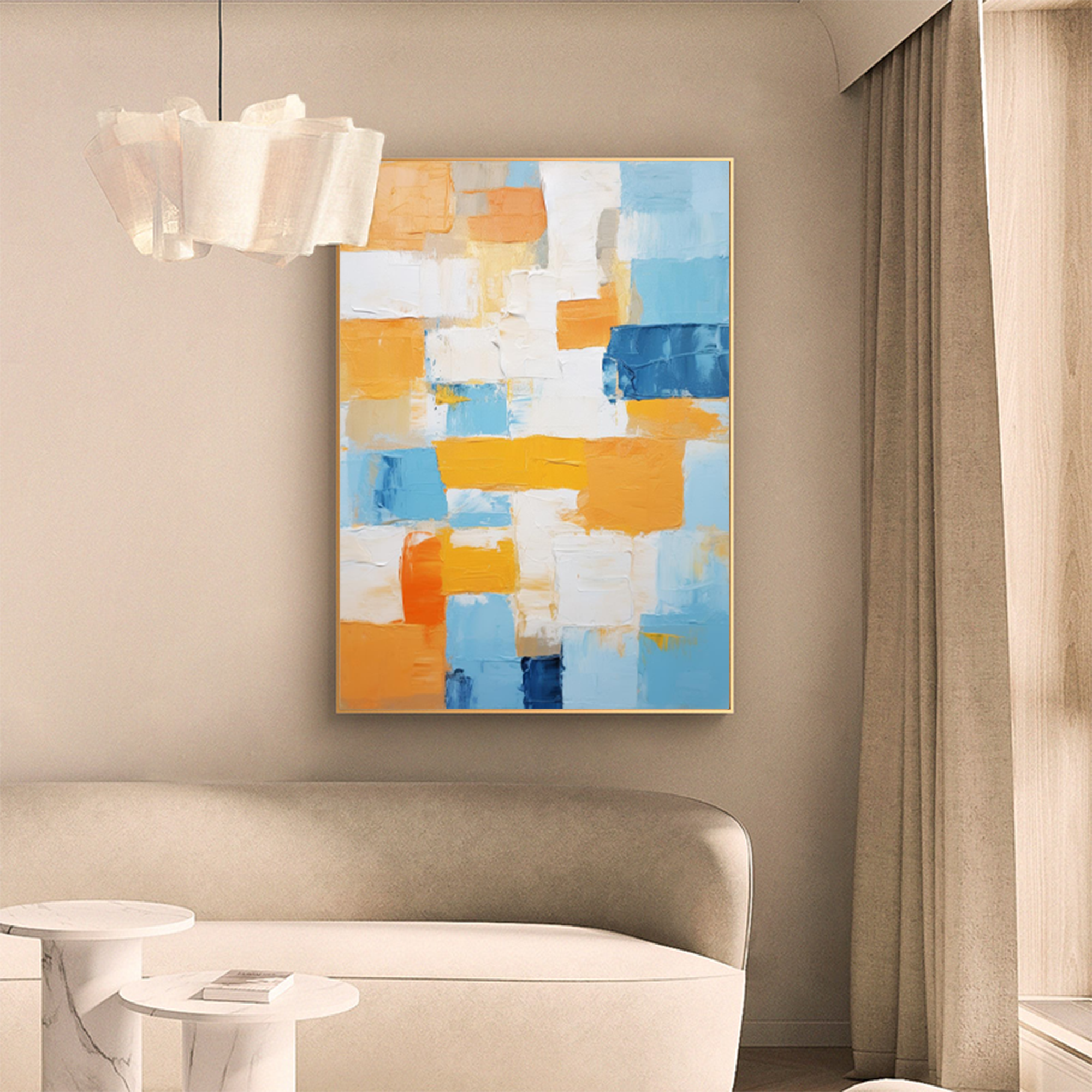
Mastering the Art of Decorating Oil Paintings: A Step-by-Step Guide
Introduction:
Oil paintings possess a timeless charm and can add elegance and personality to any space. Whether you're an art enthusiast or a professional artist, knowing how to decorate oil paintings can help you showcase your artwork in the best possible way. By employing careful consideration of frames, lighting, placement, and complementary elements, you can create a captivating display that enhances the beauty of your oil paintings. In this article, we will explore a step-by-step guide to help you decorate oil paintings and transform your space into an art lover's haven.

Step 1:
Choosing the Right Frame: Selecting an appropriate frame is crucial as it not only protects your artwork but also enhances its visual appeal. Consider the style, size, and color of the frame to ensure it complements your painting. Traditional oil paintings often look splendid with ornate frames, while contemporary pieces might benefit from sleek and minimalistic designs. Experiment with different frame options to find the one that best showcases your artwork's unique characteristics.

Step 2:
Lighting for Emphasis: Proper lighting can dramatically enhance the impact of your oil paintings. Natural light is ideal, but if that's not possible, opt for artificial lighting that closely mimics natural illumination. Avoid harsh spotlights that create glares or uneven shadows. Instead, consider using track lighting or adjustable wall sconces to illuminate your artwork evenly. Be cautious of UV rays as they can cause damage over time, so use UV-protective glazing if necessary.

Step 3:
Placement and Composition: The placement of your oil paintings within a room can significantly impact the overall aesthetic. Consider the size of the artwork, the room's dimensions, and the eye-level viewing position. For a single painting, hanging it at eye level is generally ideal. For multiple pieces, create a visually appealing arrangement by arranging them in a symmetrical or asymmetrical pattern. Ensure the spacing between each painting is balanced and harmonious.

Step 4:
Creating a Focal Point: To draw attention to a specific oil painting, create a focal point by using contrast or highlighting techniques. Hang the painting on a focal wall that has a different color or texture from the surrounding walls. Use a spotlight or accent lighting to illuminate the artwork and make it stand out. Employing this technique will not only make your painting the center of attention but also elevate the overall aesthetic of the space.

Step 5:
Complementary Elements: To further enhance the visual impact of your oil paintings, consider incorporating complementary elements in the surrounding space. Choose furniture, accessories, and décor items that harmonize with the style, theme, and colors of your artwork. For example, if your painting has vibrant blues, incorporate some blue-colored cushions or a decorative vase in a similar shade to create a cohesive look.
Step 6:
Considering the Environment: Maintaining an optimal environment is essential for the preservation of oil paintings. Keep the artwork away from direct sunlight, extreme temperature fluctuations, and high humidity. Exposure to these factors can cause fading, cracking, or other forms of damage over time. Additionally, regular dusting and occasional professional cleaning will ensure that your paintings remain in pristine condition for years to come.
Conclusion:
Decorating oil paintings requires careful thought and consideration to showcase their beauty to the fullest extent. By selecting appropriate frames, using proper lighting techniques, strategically placing the artwork, creating focal points, incorporating complementary elements, and ensuring a suitable environment, you can create an artistic ambiance that truly captures the essence of your oil paintings. Remember, each painting is unique, and the way you decorate it should reflect its individuality while harmonizing with the surrounding space. With these steps in mind, you can transform your living or working space into an art lover's paradise.






